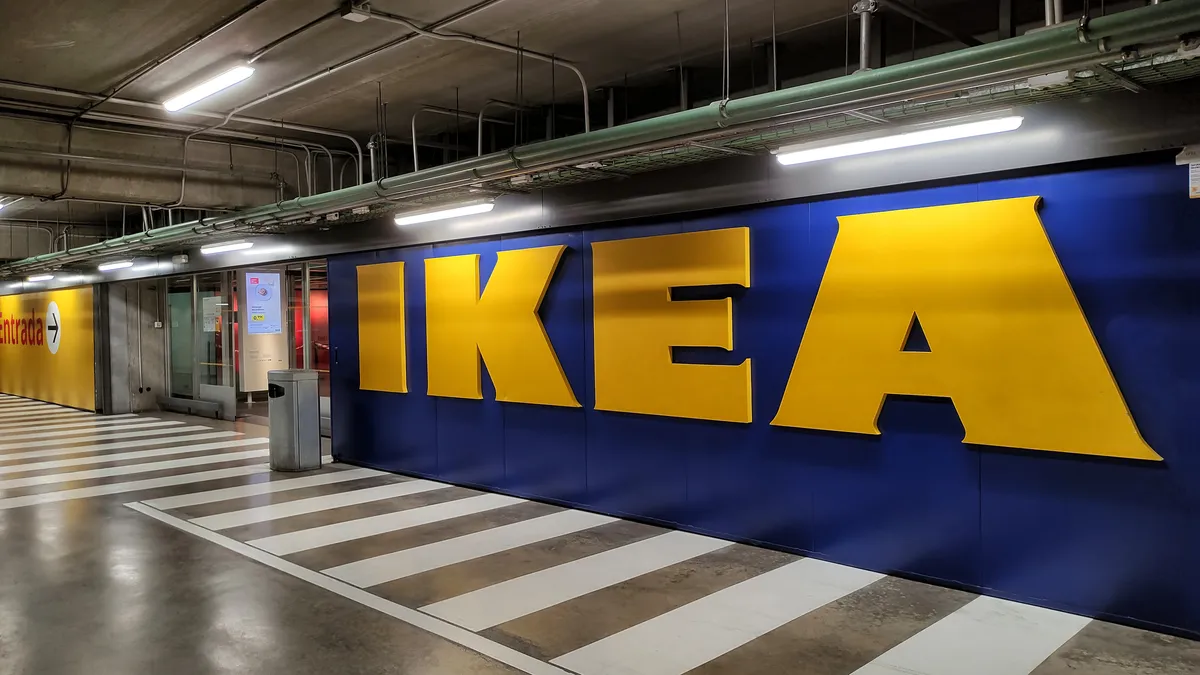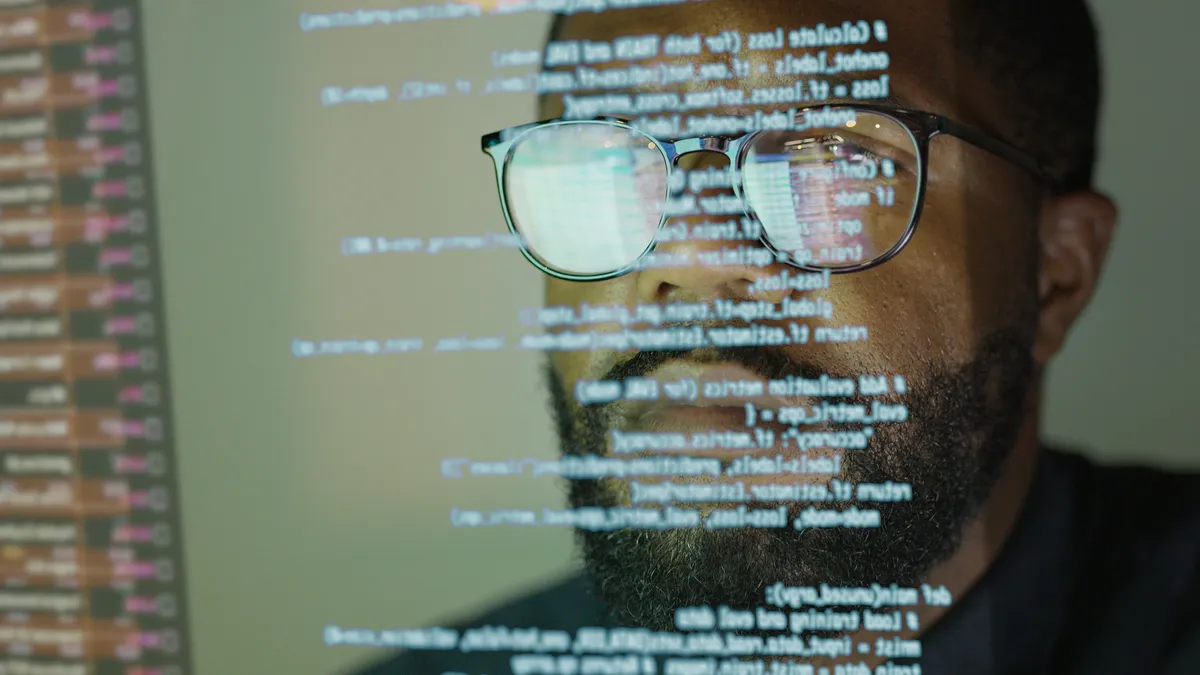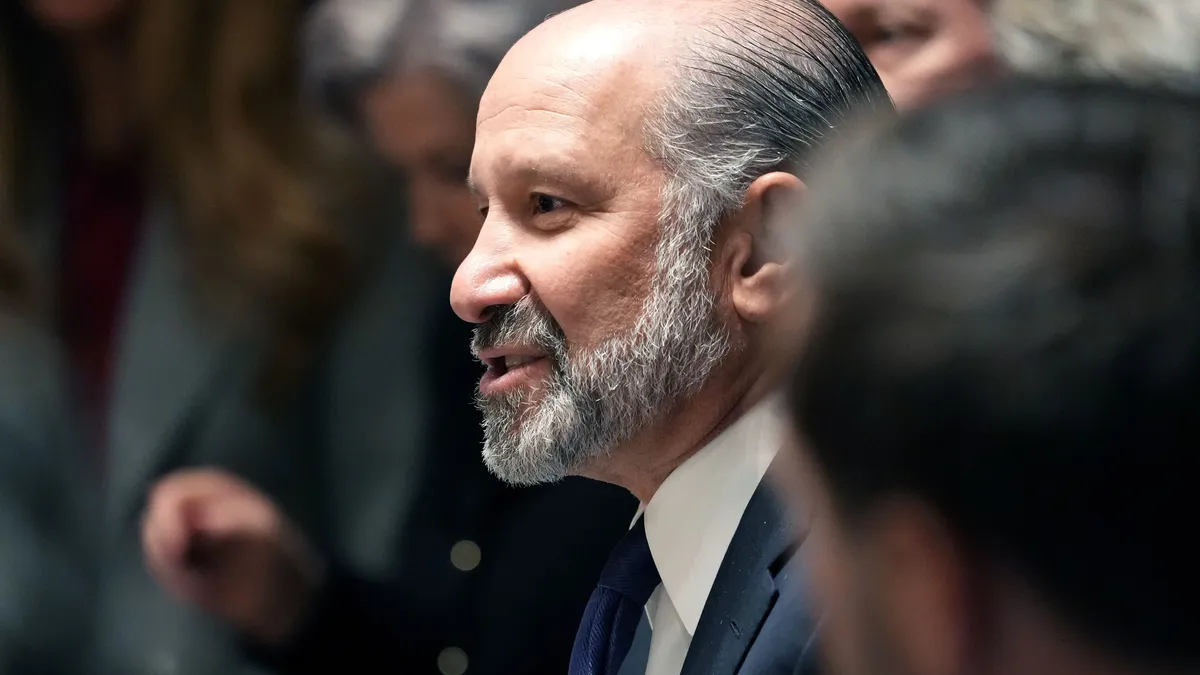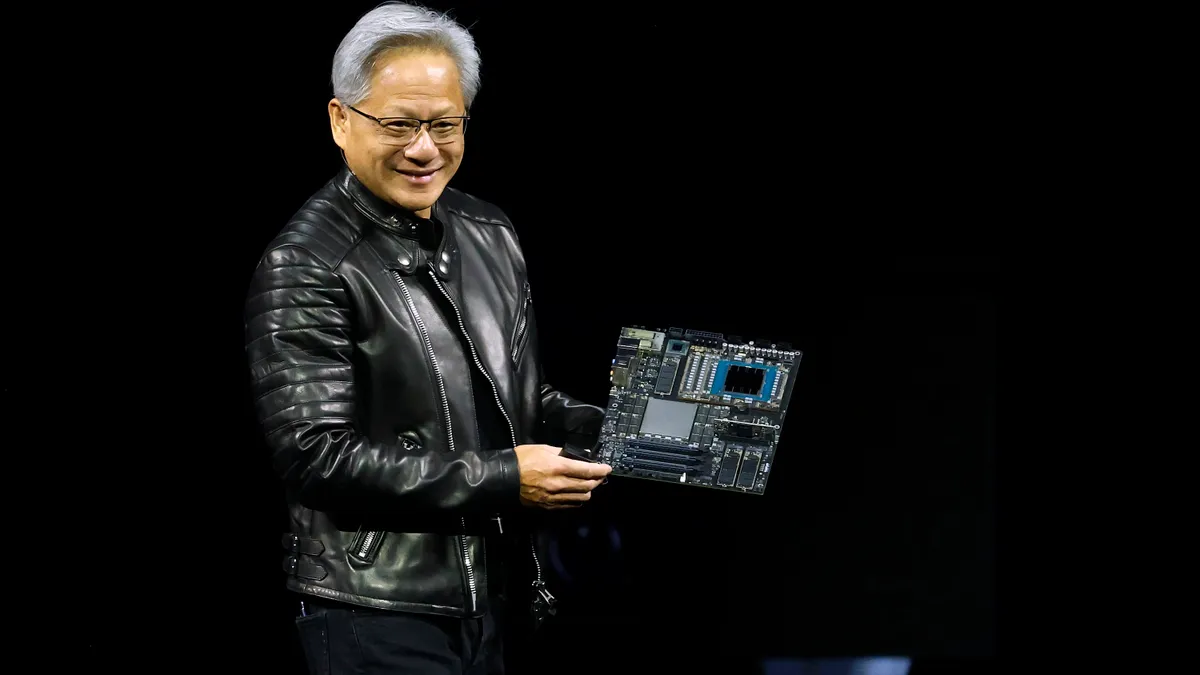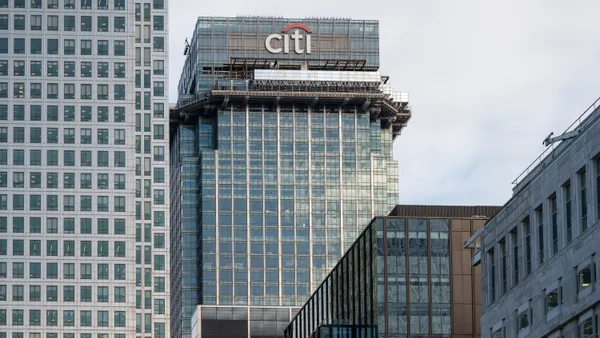Technology leaders have a lot on their minds. Even after they’ve closed up shop for the day and head home, concerns over ongoing IT woes linger well into the evening.
CIOs and other senior tech leaders contend with widening skill gaps, cybersecurity challenges and mounting pressure in the workplace, while also helming the strategy of quickly evolving technologies, including generative AI.
From managing unrealistic expectations tied to emerging tech to the mentally taxing task of keeping up with constant change, it’s often technology leaders who shoulder the burden and balance numerous high-stakes situations.
Even as change comes at a rapid pace, technology leaders are also balancing the technological foundational elements that keep businesses up and running.
Here are five concerns that keep technology leaders up at night:
Tech talent
Mondelēz is undergoing a period of significant change amid a $1.2 billion multiyear transformation plan that includes data center exits, workload migrations, an ERP upgrade and generative AI exploration. For CTO and CISO Kostas Georgakopoulos, that means things are busy at work.
“I love what I do, I work for a great company and we have a full schedule that would keep most concerned and worried,” Georgakopoulos said. “But really, one of my biggest concerns is being able to provide a work-life balance for my teams.”
While Mondelēz spent 18 months gearing up for the transformation in an effort to bypass pitfalls and strengthen governance, the snack maker still needs skilled teams to bring the plan to fruition.

“There’s no shortage of work, there’s no shortage of opportunities but there is certainly a shortage of talent,” Georgakopoulos said. “It is actually something that I worry about on a daily basis and does keep me up.”
CIOs and other technology leaders can relate to Georgakopoulos’ worries. Around 1 in 3 tech pros changed jobs in the last two years, according to a survey by IT professionals association ISACA published earlier this month. IT workers most often cited appropriate work-life balance as the key motivator for staying with their current employer.
There are signs of employers potentially gaining an upper hand in negotiations, such as rising unemployment and companies taking a wait-and-see hiring approach, but nearly half a million job postings for technology roles remain active, according to a CompTIA review of February’s U.S. Bureau of Labor Statistics data.
Pace of innovation
Walmart continues to build out a portfolio of AI use cases and expand adoption, most recently rolling out AI-powered coding tools to its developers in North America and India. But the company is still focused on finding an optimal adoption speed.
David Glick, SVP enterprise business services at Walmart, said finding the balance between going fast and moving safely is a constant concern.
Glick likened the task to the challenges of Mario Kart.
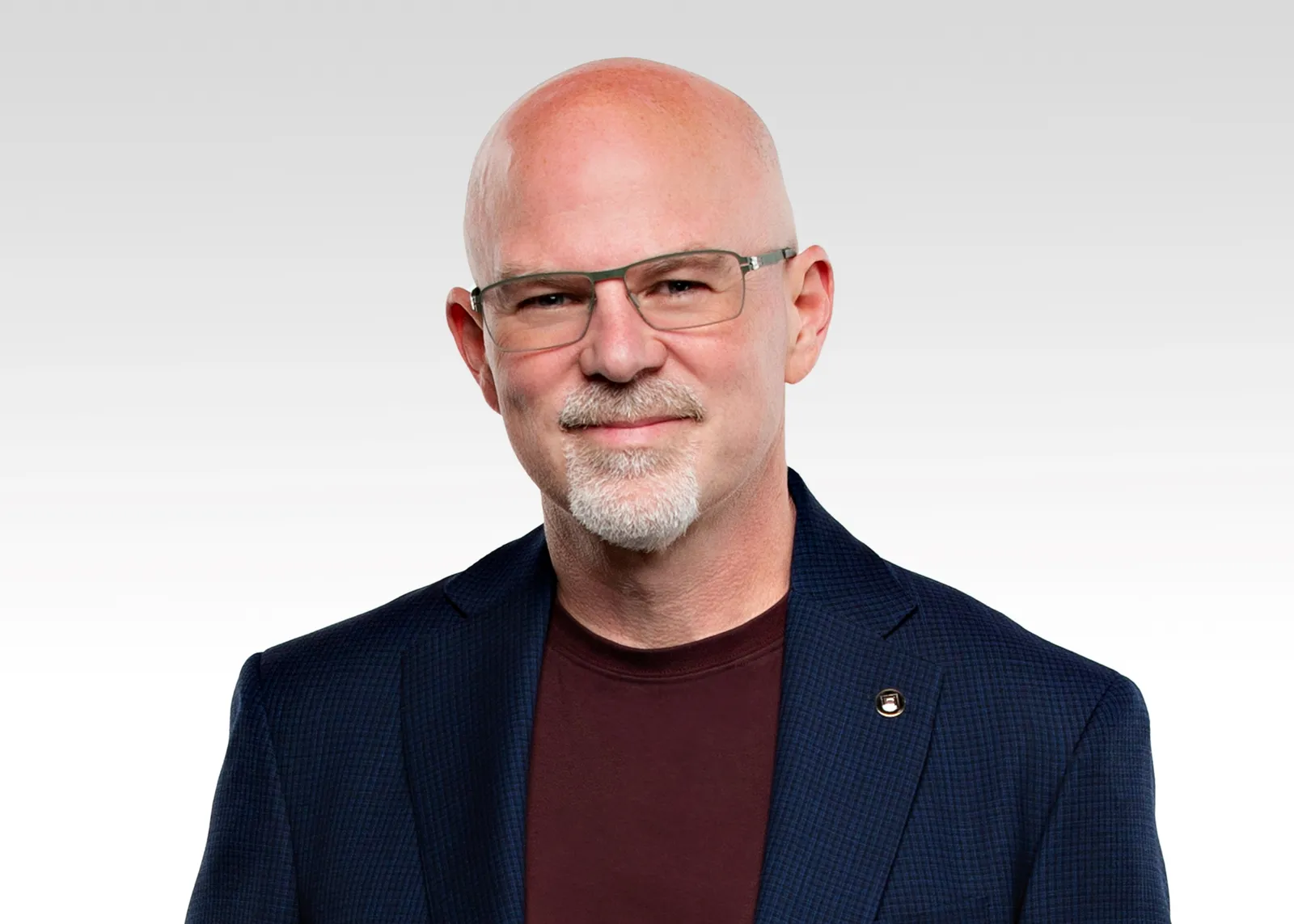
“The first day I played Mario Kart, these guys were all flying off the edge, so I decided to go slow to stay on the road and then I lost,” Glick said. “The second time, I was like 'I need to keep the A button pressed down the whole time.' Sometimes I’ll go flying off the side of the road, but if I don’t push down the A button, I’m gonna lose for sure.”
The analogy likely resonates with other technology leaders. The influx of new information and change brought about by recent AI innovation has pushed them to rethink how fast adoption should go.
Without the right guardrails, the pressure to perform can exacerbate risks. More than 90% of business leaders have expressed concern about generative AI pilots advancing despite unresolved issues identified by earlier initiatives, an Informatica report found. Nearly 60% reported feeling pressure to move projects along quickly.
AI oversight and compliance
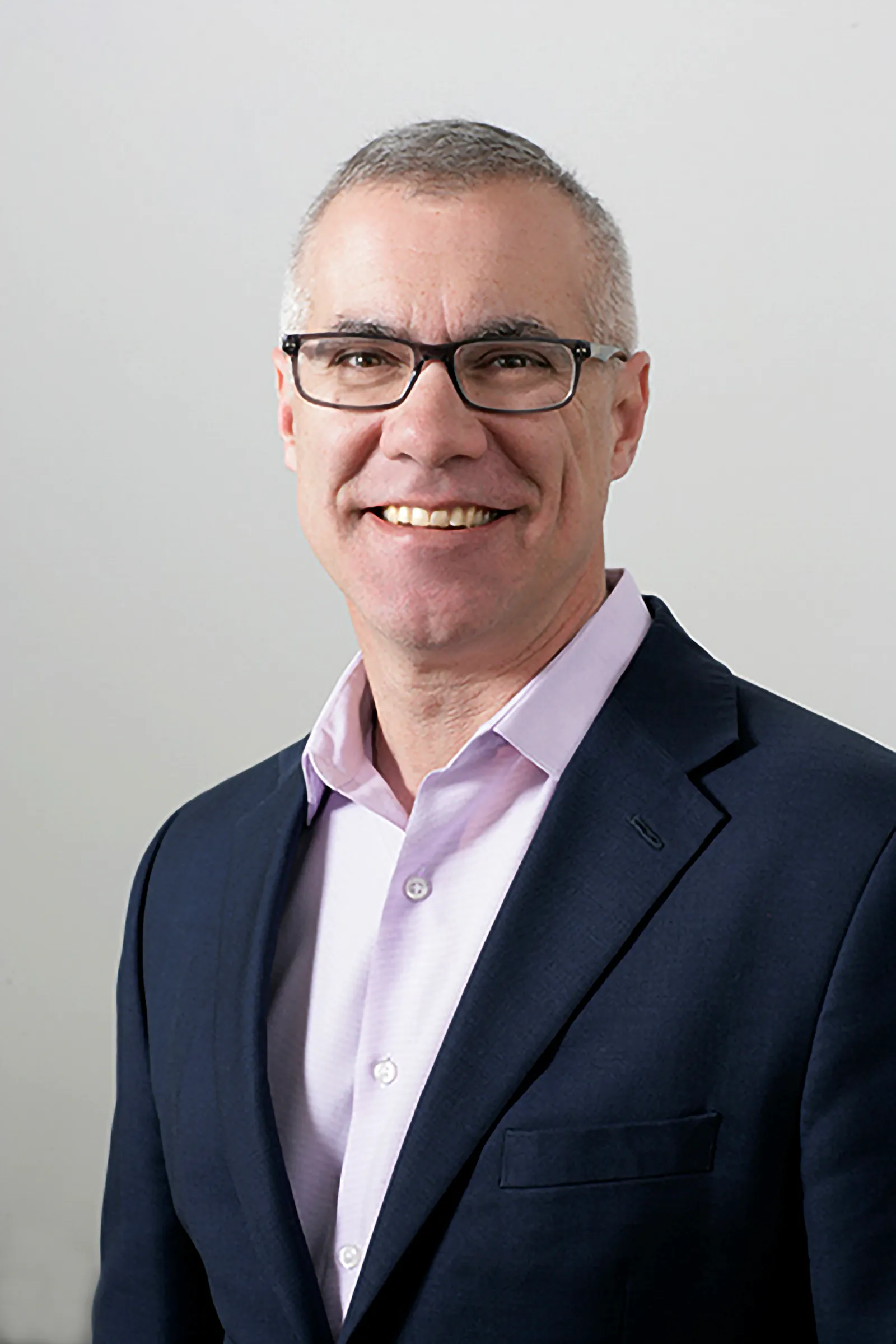
Unilever is an early adopter of AI, with more than 500 projects globally and around 23,000 employees trained on AI by the end of last year. Still, staying ahead in the ever-evolving AI regulation and governance landscape keeps the company’s Chief Enterprise Technology Officer Steve McCrystal up at night.
In the U.S., a lack of federal regulation has led states to pick up the baton and create a patchwork of rules. Compliance with AI laws around the world is similarly complex.
“Our belief is that doing business the right way drives superior performance – and AI is no exception,” McCrystal said. “Successful adoption requires focusing on the most critical business needs, scaling deployments and bringing people along.”
The U.K.-based consumer goods company is operating under a winding countdown to enforcement of the European Union’s AI Act. Leaning on and prioritizing responsible AI practices is one way Unilever has worked to build a solid foundation for its strategy.
Shiyi Pickrell, SVP of Data and AI at Expedia Group, underscored the importance of such practices.

"I'm so glad we have that consolation," Pickrell said. “It keeps me asleep at night, rather than awake."
As enterprises continue to grapple with regulatory complexities and risk mitigation, a responsible AI approach can ease challenges. More than 4 in 5 organizations expect the tactics to improve employee trust and drive innovation, according to research from Accenture and AWS.
Cybersecurity
EY has high hopes for how technology innovation will help optimize operations and unlock efficiencies, but Global Chief Innovation Officer Joe Depa is also worried about what will happen when threat actors leverage the same advancements.
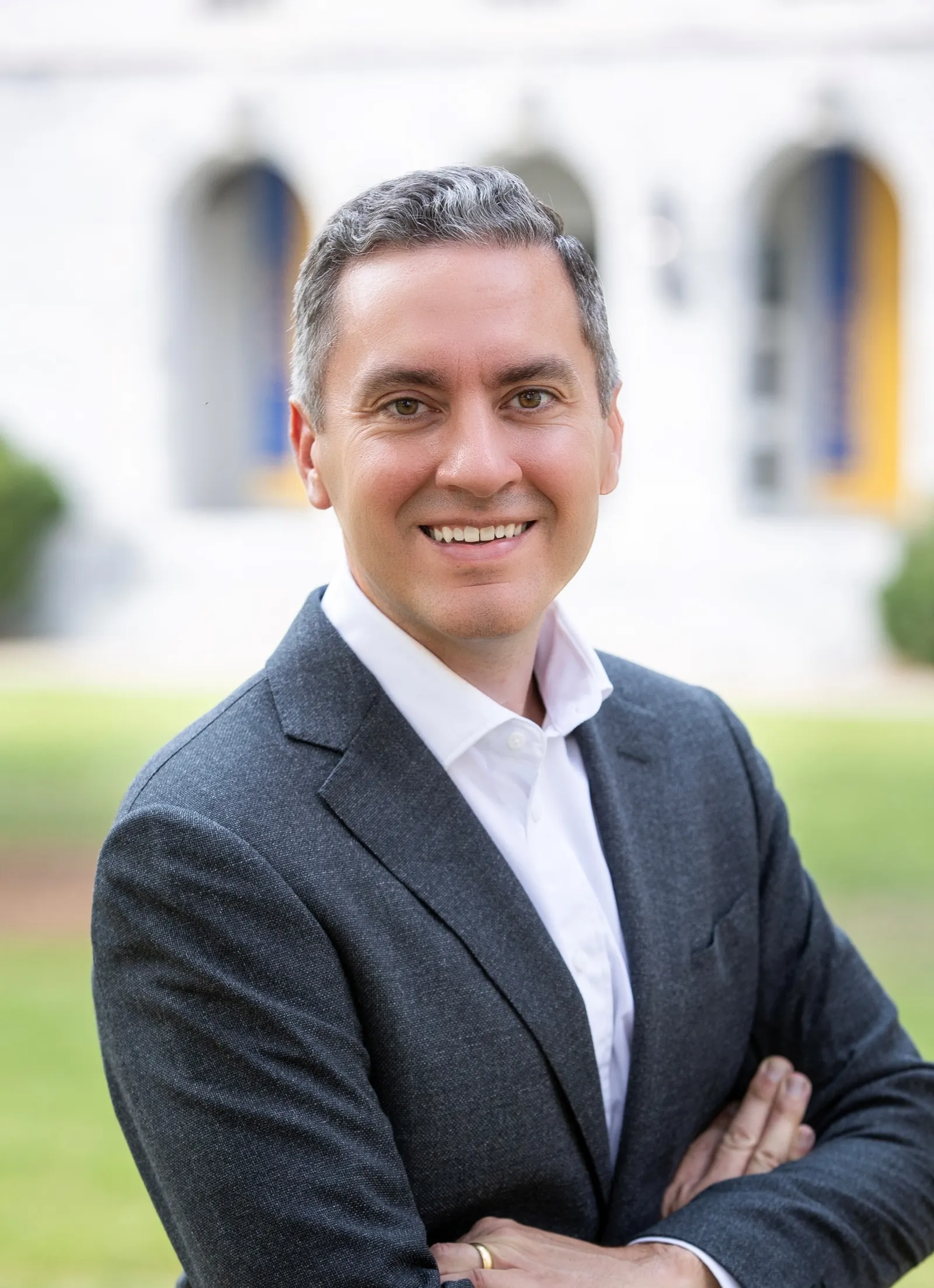
Cybersecurity has become one of the most pressing concerns for businesses. The cybersecurity market is expected to more than double over the next decade, reaching $338 billion in 2033 from $152.5 billion in 2023, Bloomberg Intelligence analysts predict.
“My biggest concern is that … it could potentially become an issue if it gets in the wrong hands,” Depa said. “I worry about things like cyber AI, and ensuring that we’ve got in place ways to protect and certify and to understand risks.”
Some leaders feel more prepared than others.
More than 3 in 5 CISOs and CIOs say they feel adequately prepared to defend against AI-powered threats, a 15% increase from last year, according to Darktrace’s 2025 State of AI Cybersecurity report. Yet, those with more hands-on experience were more likely to disagree. Less than half of security operations practitioners, architects and engineers expressed the same confidence.
Skilled teams are crucial to bridging gaps and strengthening existing practices. Cyber and AI are commanding enterprise upskilling priorities, while also representing the skill sets businesses have the greatest difficulty finding, according to a Skillsoft survey.
“Let’s make sure that we’ve got the right frameworks in place with responsible AI, and ensure that we’ve got the right systems in place to protect from potential future attacks at a scale that none of us can even imagine at this point in time,” Depa said. “That’s the biggest challenge as leaders right now.”
Responsible AI
Ikea was an early adopter of generative AI as one of the first enterprises to launch an AI tool on OpenAI’s GPT Store and embark on a companywide AI literacy initiative. But even for those organizations in the initial wave of adoption, keeping pace with the rate of change is difficult.
The number of AI-related patents, research papers and tools has significantly increased since the 2022 launch of ChatGPT. The latest flavor of AI is agentic, which had fewer than 600 research papers published dedicated to the topic in 2023, but by October 2024 the subject had more than 1,500 papers, according to Accenture analysis.
“I felt that there was no way that I [could] keep up with everything,” Ikea Retail Chief Data and Analytics Officer Francesco Marzoni said.
It’s a fairly common sentiment among business decision-makers. More than half of senior leaders admit to feeling like they’re failing amid the technology’s rapid growth, according to EY research.
But even more worrisome for Marzoni than keeping up is adopting and deploying the technology in a responsible way, he said.

“I am a de facto AI leader, so with that comes a responsibility that I strongly feel to make sure that the next generations, including the generations of my daughters, don’t come back to me in a few years and tell me, ‘Why didn’t you make the proliferation of this technology happen in a good way?’” Marzoni said.
The executive said the industry is still underestimating what it means to deploy and build AI in a way that’s inclusive.
“I feel I have the responsibility in making sure that this AI chapter of humanity doesn’t result in something built by the few for many, but it’s built by the many for the many,” Marzoni said. “That’s generally what I spend a couple of thoughts on every night.”







